BUFFALO, N.Y. — As part of our observance of 2-22-22, WGRZ is remembering some of the biggest stories of the television era in Buffalo.
From a list of nearly 50 memorable stories to consider, a panel listed the top 22 stories and ranked them. The stories were scored based on the number of votes they received.
Out of the top 22 stories eventually selected, only three of them appeared on every ballot submitted by the panelists.
The panel consisted of eight current and former members of the Channel 2 News team, as well as Former Buffalo Common Council President and Urban League Vice-Chairman James Pitts and longtime Buffalo News critic, columnist, and cultural editor Jeff Simon (full list of panelists below).
Following our list, we also list some of the other stories which were considered but not listed among the top 22.
Number 22 - Metro Rail

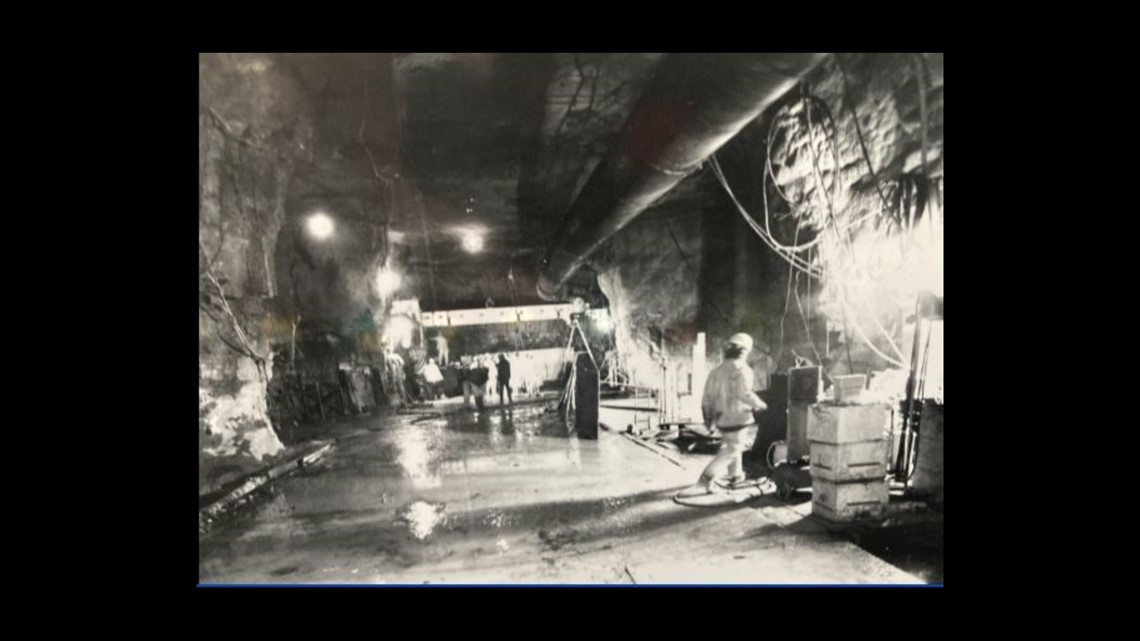
When it opened in 1985 at a cost of $550 million, it was the most expensive public works project in buffalo's history. Adjusted for inflation that amount today—$1.4 billion, would be around the amount it might take to build a new stadium.
Construction took 7 years to complete and changed the face of Main Street.
Nearly 40 years later Metro Rail still operates on its original 6 mile route never having been expanded.
However, discussions on whether it should be expanded and what route it might take are still very much alive today.
The construction of Metro Rail was voted by panel member Claudine Ewing as the number one story among the top 22.
Number 21- Bye Bye Braves


In a city where major league professional sports teams have lost some big games in heartbreaking fashion...imagine the heartbreak of losing an entire team.
The Buffalo Braves played in the NBA in the 1970's but were moved to San Diego in 1979.
Number 20- Madam Governor


This story, besides coming out at number 20 on our list, is also the newest one.
Just six months ago when Gov. Andrew Cuomo resigned amid several scandals including one involving sexual harassment, for which he faced a potential impeachment, Lt. Governor Kathy Hochul ascended to not only becoming the first female governor in state history, but also the first Western New Yorker to hold the office in more than a century.
Number 19 - Summer of Protest

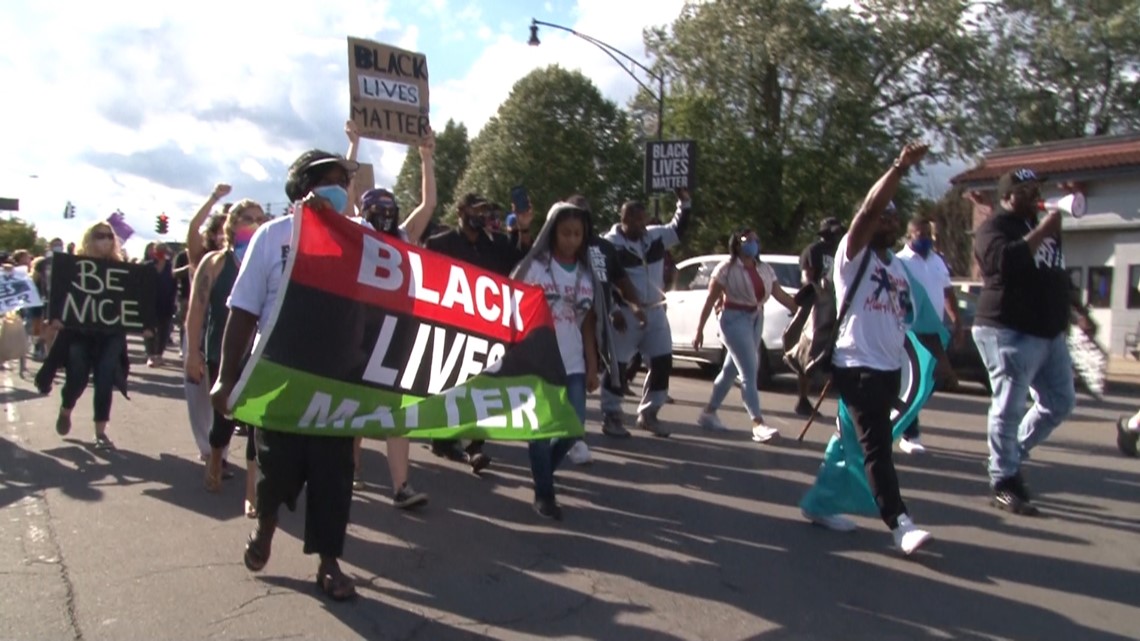
When a man named George Floyd was killed at the hands of Minneapolis Police in 2020, the cries for justice rang across the nation and spilled into the streets, including in Buffalo, with thousands marching in support of the Black Lives Matter movement.
While marked by pockets of violence, the demonstrations in Buffalo calling for social justice and police reforms were mostly peaceful, unlike in some other parts of the country where there was rioting, looting and burning.
Number 18 - October Surprise

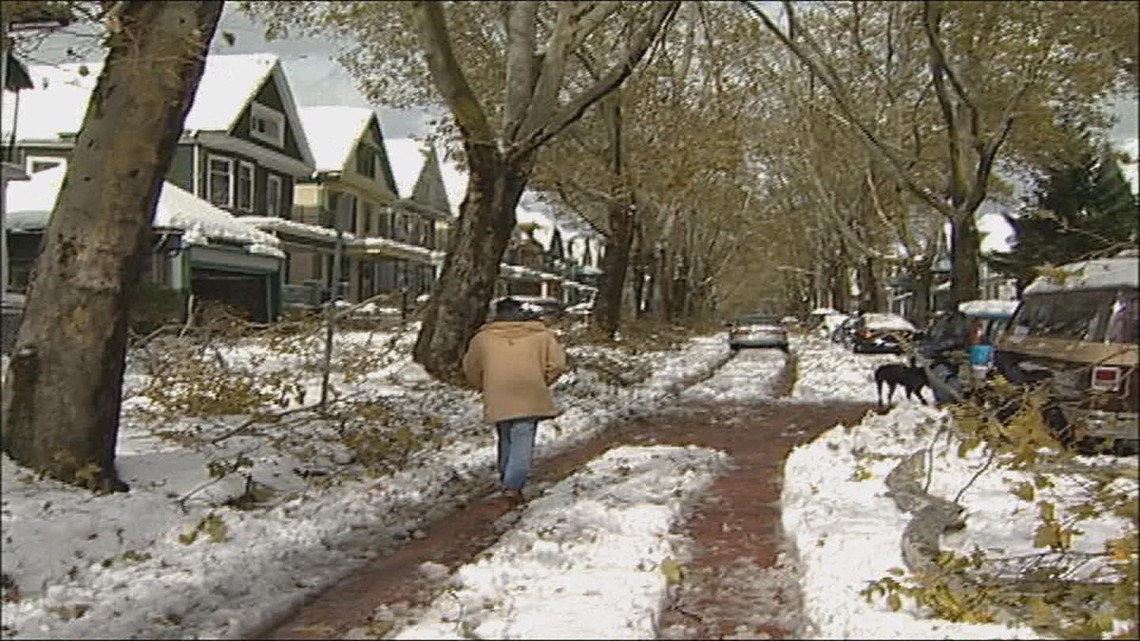
It's not unusual for snow to fall here in mid-October, but it is unusual to get more than two feet of it in a single day, such as what happened in October 2006.
With leaves still on the trees, the load of the heavy wet snow ,which clung to them, was too much to bear for branches which came crashing down on power lines leaving hundreds of thousands without power...some for almost two weeks.
Because it was October, no one froze without heat or power because temperatures were back to normal and snow was gone within a few days.
The mess left behind though, took weeks to clean up.
In just the City of Buffalo, more than 90 percent of the trees sustained damage and a good number of them were lost entirely.
Number 17 - Murder of Barnett Slepian/ Hunt For James Kopp

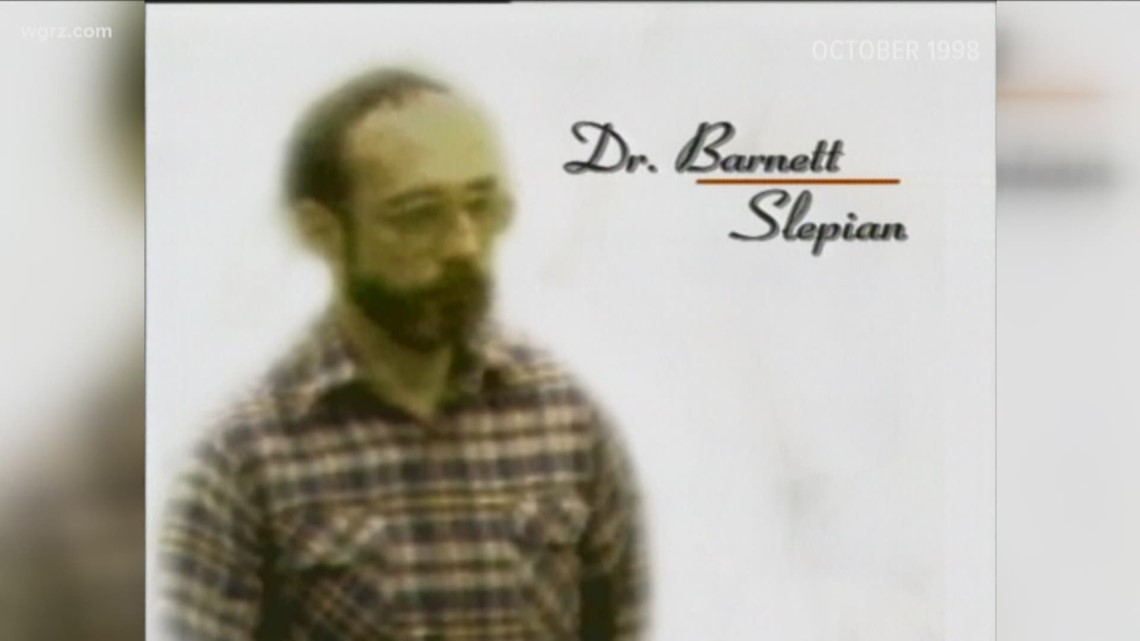
In October 1998, Dr. Barnett Slepian, an OB-GYN who performed abortions, was shot and killed in his kitchen by a sniper who fired from a wooded-area behind Slepian's Amherst home.
What became an international manhunt concluded about 3-1/2 years later with the arrest in France of James Kopp.
Charged in both state and federal courts, it took more than a year to extradite Kopp, and it wasn't until nearly nine years after Slepian's murder that he was ultimately sentenced to life in prison, where he remains today at age 67.
Number 16 -If You Build it they Will Come


When it opened in 1988 as Pilot Field, Buffalo's new downtown ball park was part of bigger story; the Rich family's dream to bring Major League Baseball to Buffalo.
Designed to be expanded to accommodate that, It was also the first in the stadium nation to be built in the now popular retro-classic design.
As such, it attracted praise from sports writers from across the country.
It also attracted fans as, while the pitch for a major league team continued, the class AAA Bisons drew more than a million fans per season for several years, .outpacing the attendance of several major league teams.
In the end, the major league dreams were just that....save for the past couple of seasons when due to COVID-19, the Toronto Blue Jays played games in Buffalo.
Now known as Sahlen Field, it remains, though the largest capacity Triple-A stadium in the Untied States.
Number 15 - Rebirth of the Waterfront


Buffalo's waterfront was essential to the growth of business in the city's industrial heyday of the 20th century.
However, it wasn't much of a place to visit let alone reside.
It was polluted by industrial waste and sewage, populated by wharfs and rats to a large degree and cut off by the construction of the thruway.
A sea of change began with an emphasis on environmental cleanup and public access, which started in earnest in the 1970s with Erie Basin Marina, near which high end condos and apartments began to flourish.
Eventually came the development of Canalside, Riverworks, and the Outer Harbor which through restoration of natural settings and a planned amphitheater continue the trend.
Rome wasn't built in a day and neither will be the new waterfront...with additional chapters to this story to be written for years to come.
Number 14 - Five Men Down

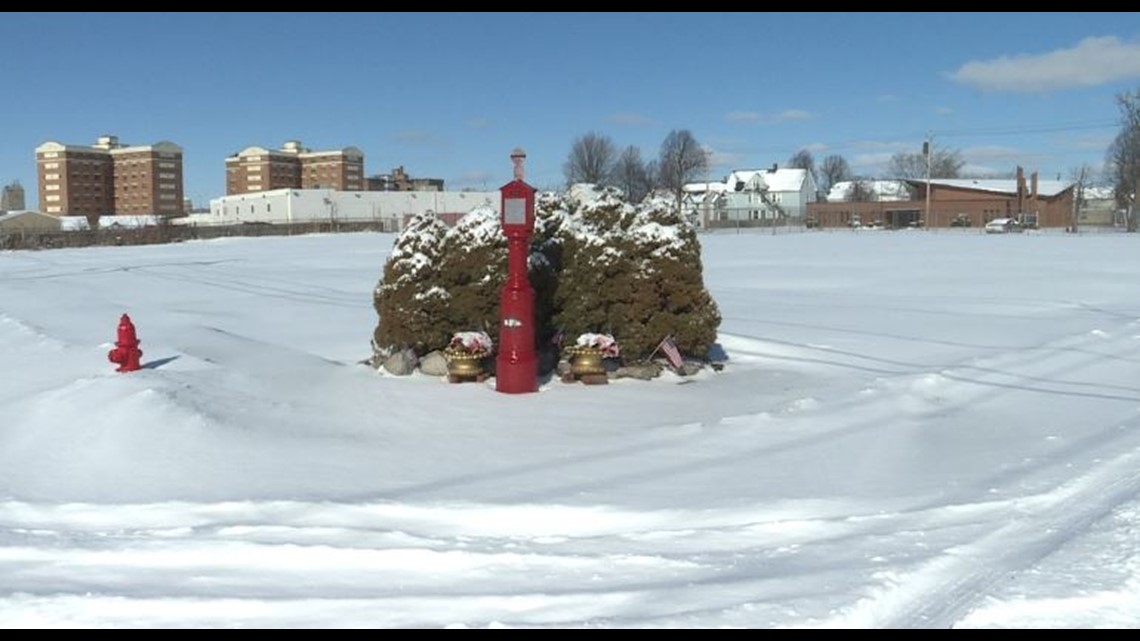
The largest single-day loss of life for the Buffalo Fire Department occurred two days after Christmas in 1983.
While responding to a leaking propane tank in a radiator warehouse on North Division Street, five firefighters and two civilians were killed when the tank exploded.
Damage from the blast was discovered in buildings up to half-mile from the scene and more than 150 people were injured by it.
Thirty eight years later, the site remains barren, save for a memorial at fire call box 191 where the tragedy occurred.
Number 13- Bike Path Rapist Caught

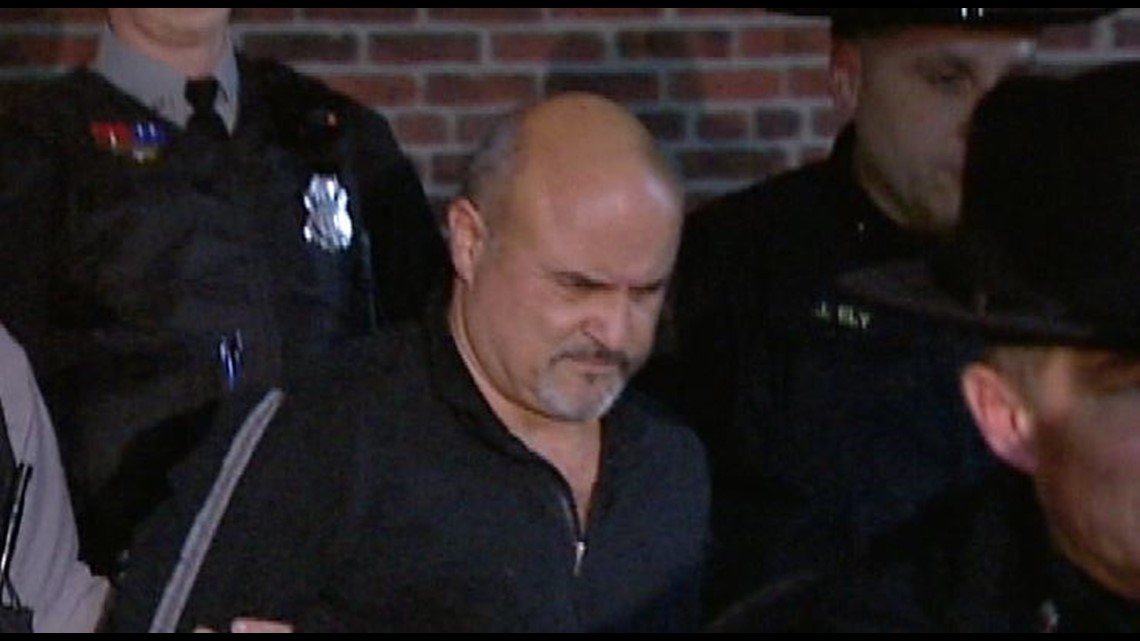
In 2007, one of the most notorious criminals in Western New York history was arrested, ending a reign of terror which some lawmen believe began 31 years before.
An unassuming factory worker and family man, well-liked by neighbors, living in Cheektowaga named Altemio Sanchez.
Though suspected of raping and/or killing up to 15 women and girls, with many of those crimes occurring near secluded areas of bike paths and walking trails, Sanchez eventually plead guilty to three murders for which he is serving a 75-year to life sentence.
Police were finally able to make the case against him by getting his DNA from a napkin he used to wipe his face in a restaurant.
His arrest also lead to the exoneration of Anthony Capozzi, who had served 22 years in prison for rapes where DNA evidence now points to Sanchez as the perpetrator, but for which Sanchez has never been charged.
Number 12 - The Priest Sex Abuse Scandal

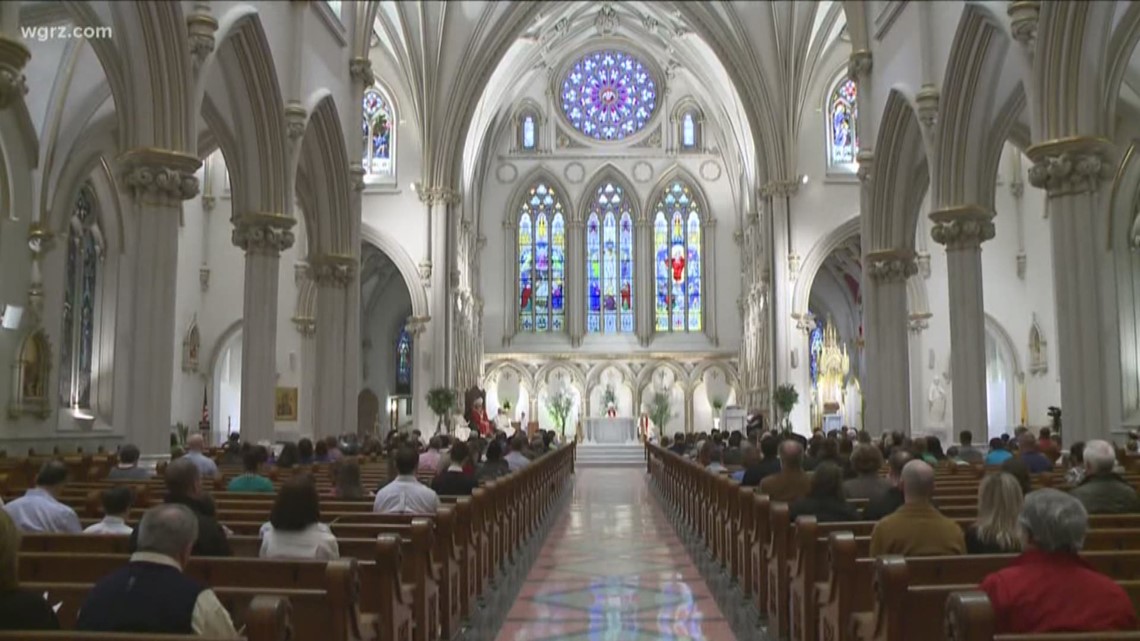
It's a story that stretches back long before television was even invented. Men of the cloth praying on parishioners, most of them young.
The scandal involved the church coverup with priests accused, even credibly, being transferred to other parishes where the abuse continued.
The story exploded in more recent years with the Child Victims Act, allowing the abused to bring civil lawsuits for incidents which occurred beyond the traditional statute of limitations.
In the two year window provided for them to do so more than 11,000 such suits were filed in New York State, which involved not only priests but teachers, scout leaders, and others as well.
The onslaught of lawsuits involving priests, however, forced the Buffalo Catholic Diocese, like several others, to declare bankruptcy.
Number 11 - The Birth of the Bills

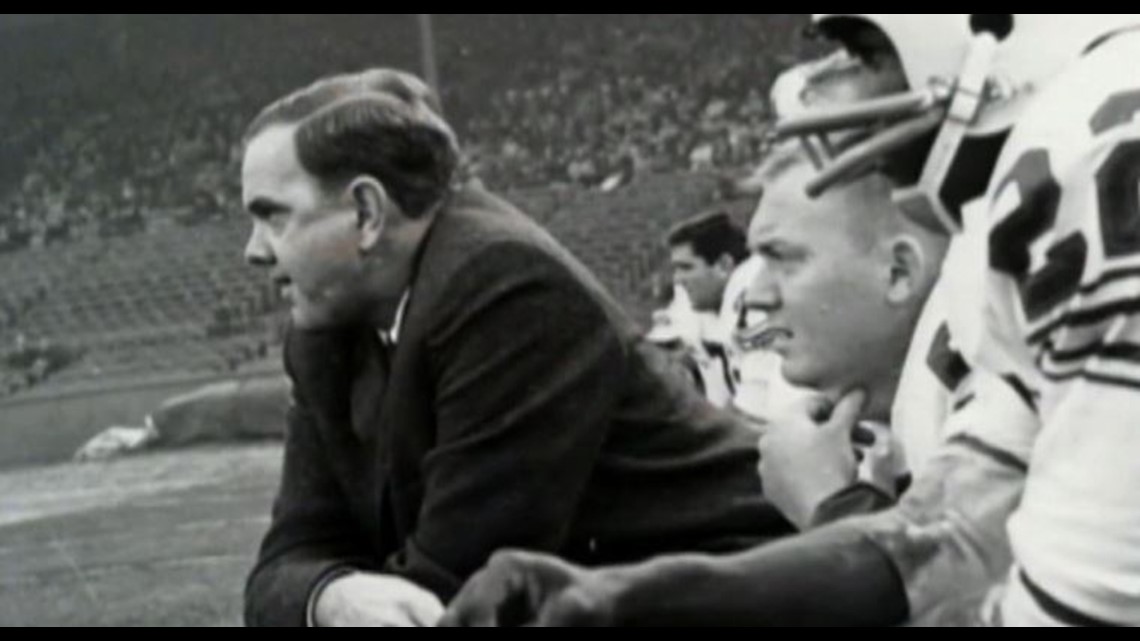
Though a pro football team called the Bills played in the All-America Conference for three seasons in the late 40's, it wasn't until 1960 that the team you know now was born in the American Football League.
This happened when a Detroit businessman named Ralph Wilson, whose first choice to was to put a franchise in Miami, settled on Buffalo when his deal down south fell through.
Initially, we may not have done a lot of coverage when those Bills were conceived. It was an upstart league after all and its owners, including Wilson were referred to as being part of "The Foolish Club".
However, the Birth of the Bills makes our list because of what they would grow to be and what they remain to be in Buffalo.
Number 10 - COVID-19


Even if you never contracted it, or never knew anyone who did, no one was immune from the eventual fallout from Coronavirus; if for no other reason than the disruption in one form or another to our everyday lives.
Whether it was a change in how we performed our jobs, or if we kept them, or how we shopped.
Whether it was where we could travel, under what restrictions, or how our children studied.
Whether it was mandates involving everything from gatherings to masks or vaccines, or the division resulting from our varied opinions on it all.
Of all the stories on our list, this is, without doubt, that this one - of literally pandemic proportion - has impacted every single one of us.
It is also the one which we have devoted more hours of coverage to than any other...and we haven't finished yet.
COVID-19 was voted by panel members James Pitts, Maria Sisti, and Dave McKinley as the number one story among the top 22. It also received more number-one votes than any other in this list.
Number 9 - O.J. Simpson


For a generation of fans of Buffalo's most popular professional sports franchise, O.J. Simpson was nothing short of an icon.
His becoming the first NFL player to rush for more than 2,000 yards in a season made him a national superstar
Even after he hung up his cleats, his star continued to shine as a popular pitchman, movie actor, and network football analyst.
But in 1994, the former Buffalo Bills great was charged with the brutal murders of his ex-wife Nicole and her friend Ron Goldman.
A nation watched in fascination a slow-speed chase in a white Ford Bronco, toward a trail which would span 11 months and broadcast gavel to gavel to millions, until his eventual acquittal.
Simpson would later serve ten years in prison for an unrelated armed robbery and assault before being released in 2017.
Whether through fame or through infamy "O.J." was one of the biggest stories of the television era in Buffalo
Number 8 - .22 Caliber Killer

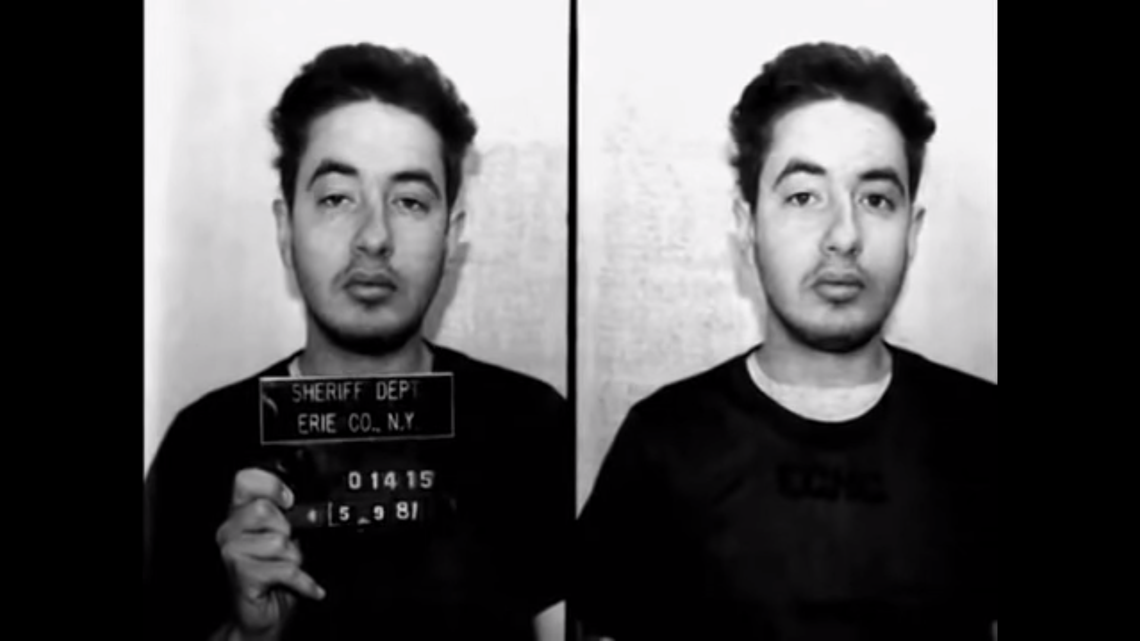
In September of 1980, three men and one boy- were killed within 36 hours in the Buffalo area by someone using a .22 caliber weapon.
In October, there were two more murders. This time the victims were beaten and their bodies mutilated.
Then, on a single day in December, four more murders occurred within an 8 hour period in New York City where each victim was stabbed to death.
One week later, there were two more fatal stabbings in Buffalo and in Rochester.
The common thread between the 12 murders, and seven additional attacks where the victims survived (all within four months) were that all the victims were black.
Police who'd surmised that a serial killer was lurking got their break down at Fort Benning Georgia where an army private named Joseph Christopher attacked a black soldier with a paring knife, and told a psychiatrist that he "had to" kill Blacks.
Buffalo Police soon obtained a warrant and search his home where evidence linking him to the first of the murders was found.
Christopher was eventually of those three killings and sentenced to life in prison where he only lived to be 37, dying behind the walls of cancer in 1993.
The story of the .22 Caliber Killer was was voted by panel member Tony Farina as the number one story among the top 22.
Number 7 - The Super Bills

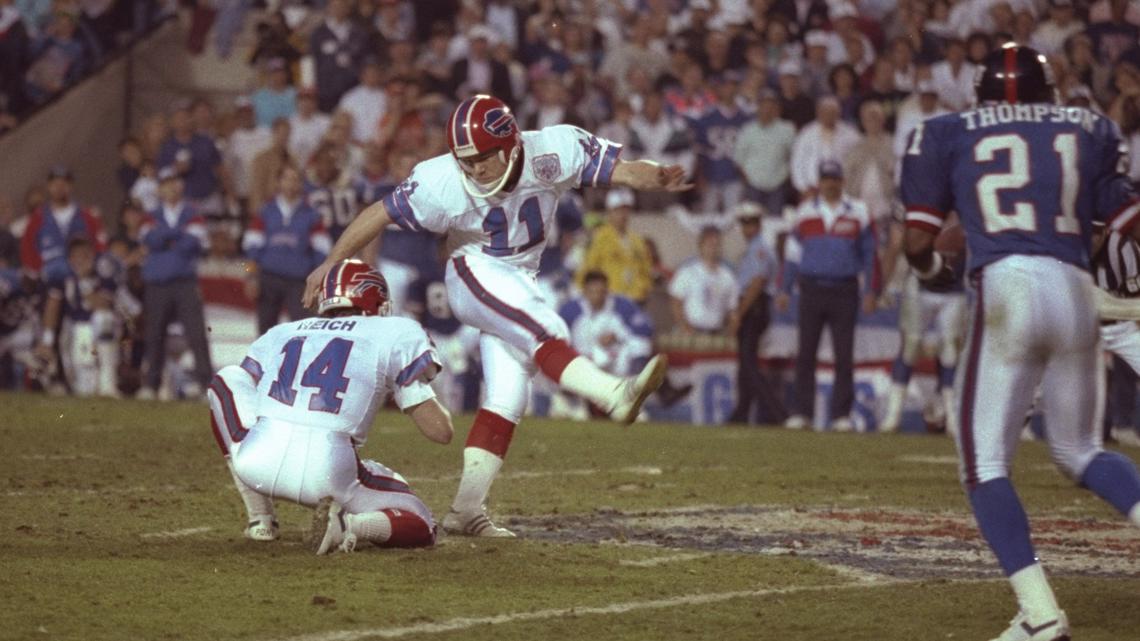
A little over a generation ago, a team loaded with all pros, many of whom would become Hall of Famers, accomplished a feat never done before or since by any other; when the Buffalo Bills went to four consecutive Super Bowls .
Their first appearance ended in the biggest sports calamity in Buffalo's history and etched the term "Wide Right" into the local lexicon.
Through all those year Bills fever was at fervent pitch and we spent enormous amounts of time bringing the story home.
Of course, whether they were just a shade wide right …or if - since then, by some homerun throwback music city miracle, or even by if just by a measly 13 seconds, the thirst for an NFL championship for the Bills remains one to be quenched.
The Buffalo Bill's four consecutive trips to the Super Bowl was one of only three stories which appeared on every ballot submitted by the panelists.
Number 6 - Timothy McVeigh

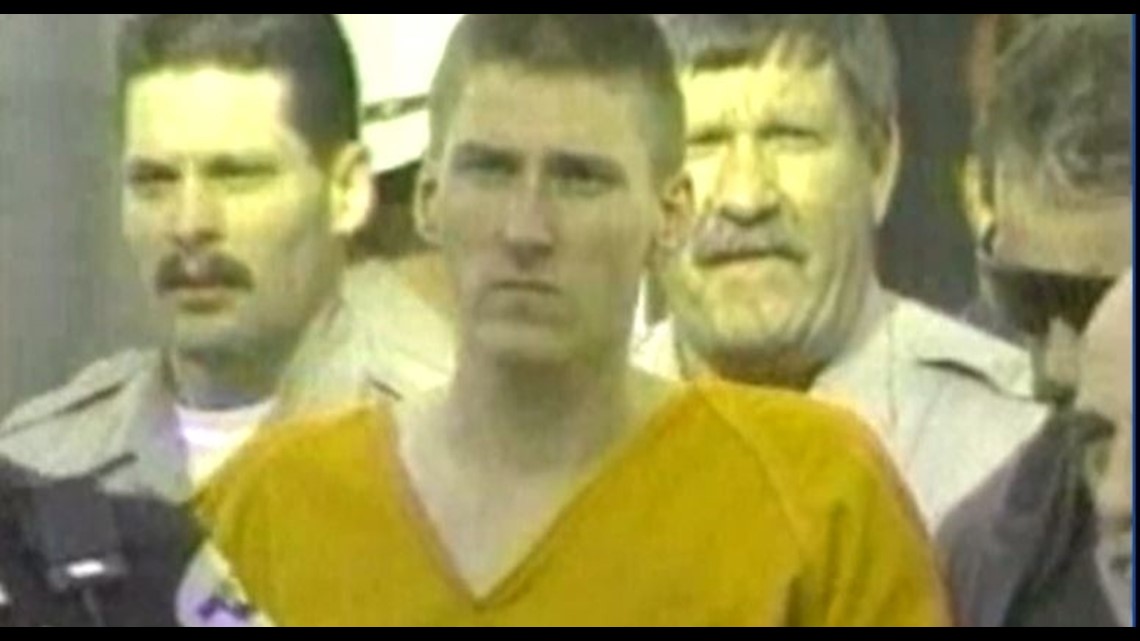
When in April of 1995 a truck bomb destroyed the Murrah Federal Building in Oklahoma City, the nation was shocked and grieved at the carnage and the loss 168 lives.
The shock deepened when it was determined that it was an act of "domestic terrorism".
And it deepened further in our region, when it was learned that one of the perpetrators, was a Western New Yorker.
Timothy McVeigh, a 26-year-old Gulf War veteran and graduate of Starpoint High School, and whose family still lived in Pendelton.
Two years later in 1997, McVeigh was convicted on all the charges against him by a jury which recommended he be put to death, which he was in June of 2001 at a federal prison in Indiana at the age of 33.
Number 5 - Flight 3407

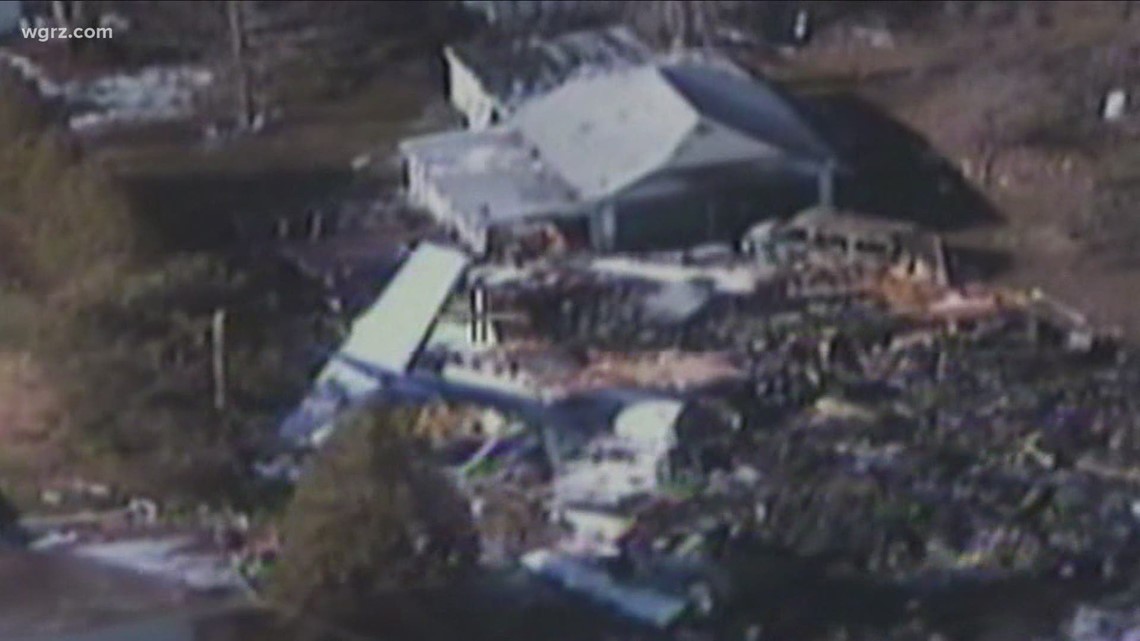
In February of 2009, Continental Connection flight 3407 operated by Colgan Air from Newark to Buffalo crashed five miles short of landing in Clarence Center.
All 49 souls on board were killed, in addition to one man, Doug Wielinski, into whose home the plane crashed.
The accident investigation found that pilot error was the cause, and 11 years later it remains the most recent domestic aviation accident involving a U.S.-based airline that resulted in mass casualties.
Some credit the absence of such tragedy since to the tireless efforts of the loved ones and survivors of those killed, who once their lawsuits were settled, kept working to improve airline safety and getting Congress to enact several measures to that end including more stringent pilot training.
Number 4 - Love Canal

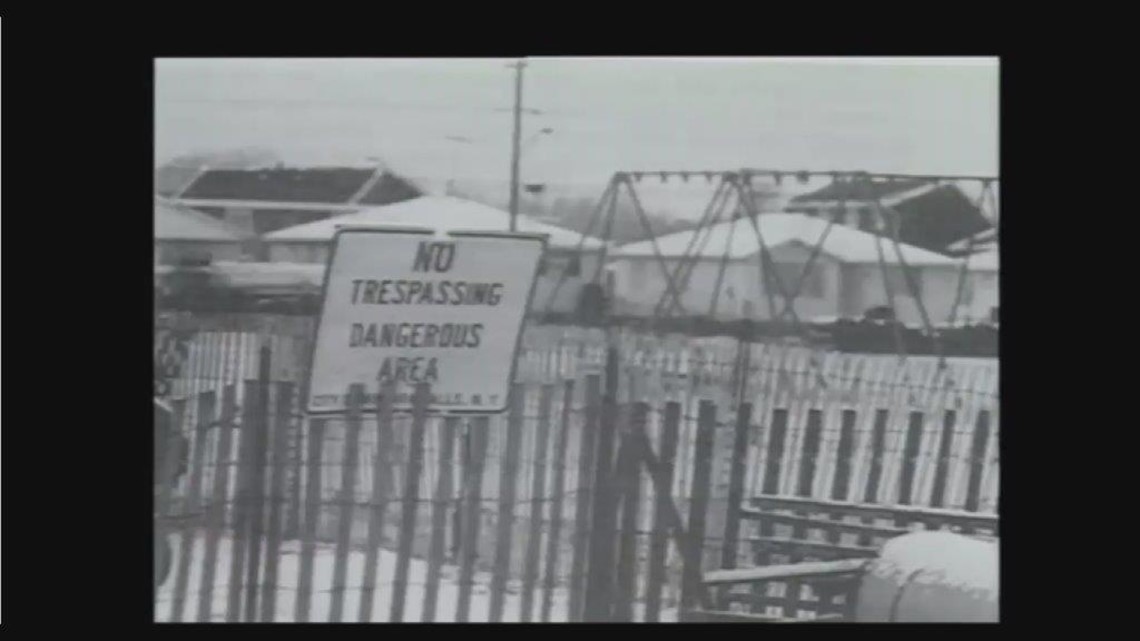
When toxic chemicals began gurgling up into basements and sewers in a Niagara Falls neighborhood in the late 1970s, it set off a fire storm above the ground eventually leading to the evacuation of 800 families and the demolition of more than 400 homes .
The name of the neighborhood, Love Canal, became synonymous with environmental catastrophe.
The magnitude was so great that President Carter declared it a federal health emergency, and it marked the first time FEMA funds were used for a manmade disaster.
Love Canal also became the impetus for the creation of the EPA Superfund and was the first entry on a list of what would grow to be more than 1,700 toxic waste sites tabbed for cleanup across the country.
It took years to settle the lawsuits, and for anyone to be allowed to buy homes on the outer ring of the disaster area.
Many of the chemicals dumped in the1940s and 50s remain, but are contained and monitored for signs of leaching from the area still fenced off today.
Love Canal was voted by panel member Andy Desantis as the number one story among the top 22.
Number 3 - From Fire To Rust, The Closing of Bethlehem Steel


Since 1900, the Bethlehem Steel plant in Lackawanna stood like city of its own sprawled on over 2 miles of Lake Erie shoreline.
But in 1983 the furnaces of the nation's third-largest steel mill, which once employed 22-thousand, went cold, and changed the local economy forever.
And it wasn't just steel workers out of jobs.
Facing a $4 million annual loss in property tax revenue, the city of Lackawanna laid off 100 city workers and 18 police officers.
To this day efforts remain to fill the once-bustling site with new industries.
The closing of Bethlehem Steel was voted by panel members Jeff Simon and MaryAlice Demler as the number one story among the top 22.
Number 2- Attica

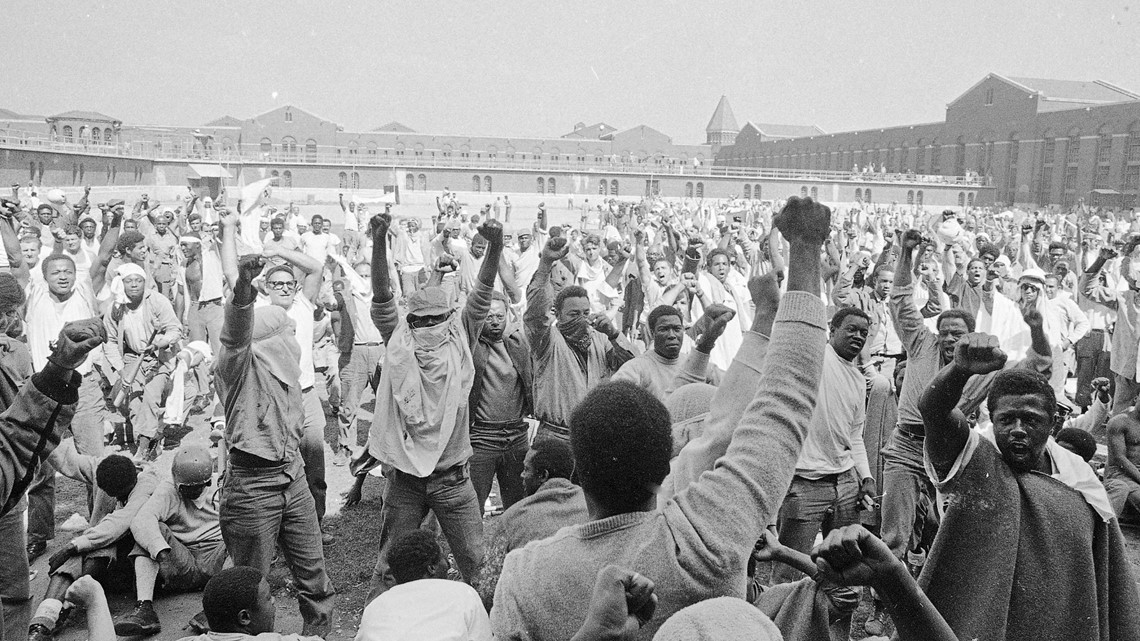
On September 9, 1971, inmates at Attica State Prison rebelled and took over the facility.
When control was retaken by state police using helicopters, tear gas and rifles 4 days later, it became – and remains - the bloodiest prison uprising in U.S. history.
More than 40 lives were lost, including ten prison guards who'd been taken hostage. Most of the deaths were from bullets fired by lawmen retaking the prison.
It took more than three decades to settle the lawsuits filed by the families of those killed (both guards and prisoners) and with the state paying their survivors $24 million minus $4 million in court costs.
The Attica Prison Riot was voted by panel member Pete Gallivan as the number one story among the top 22. It was also one of the three stories which appeared on every ballot submitted by the panelists.
Number One - The Blizzard of 77

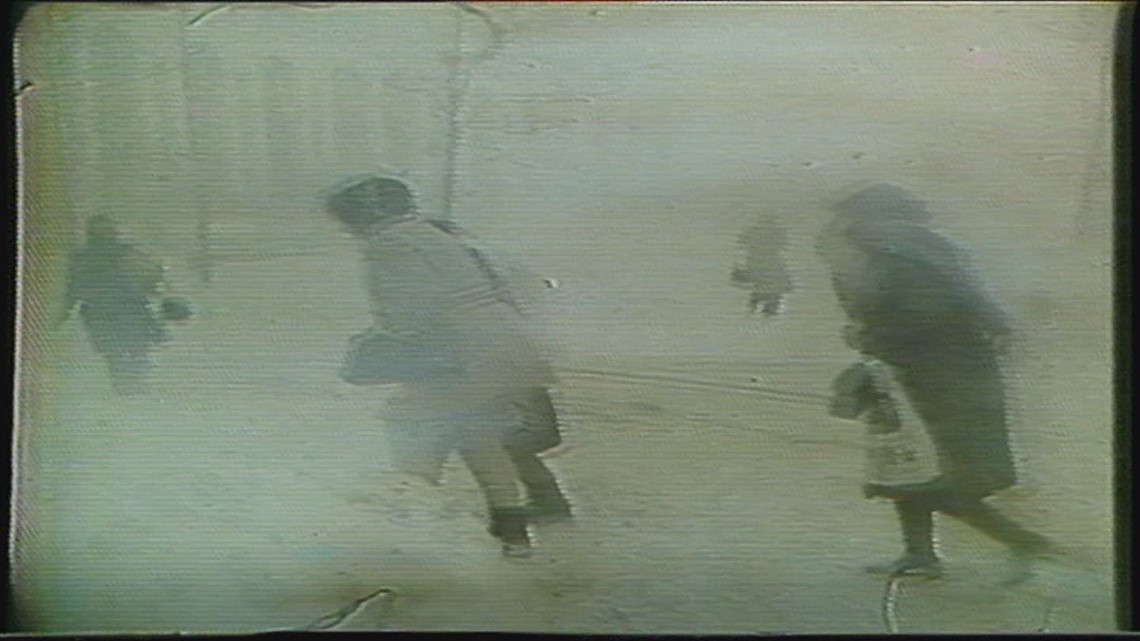
We've had our share of weather events, but this is still largely regarded by many as the biggest and most devastating of all.
In early 1977, after 34 days of below-freezing temperatures and 28 days of snow, a snowpack several feet deep had formed on a frozen Lake Erie.
On Friday January 28, a weather system with near hurricane-force winds came through and began blowing it into Buffalo.
The system stalled and the blizzard raged for four days drifting snow up to 30 feet in height.
There were 23 deaths attributed to the storm. A quarter of those were people who froze in their stranded cars in the sub-zero temperatures.
In the end, the financial tab was $541 million which, adjusted for inflation, would be more than $2 billion in today's money.
The Blizzard of 77 became national news, and Buffalo became the butt of jokes by late-night talk show hosts.
To this day, this storm is more responsible than any other, for the perception (or in many cases misperceptions) by outsiders of Buffalo's weather.
The Blizzard of 77 was voted by panel member James Toellner as the number one story among the top 22. It was also one of the three stories which appeared on every ballot submitted by the panelists.
The Panelists:
James Pitts - Former Buffalo Common Council President and Urban League Vice-Chairman.
Jeff Simon - Longtime Buffalo News critic, columnist and cultural editor
Tony Farina- A veteran newspaper and television reporter and member of the Buffalo Broadcaster's Hall of Fame, Tony served as Channel 2's Chief Investigative Reporter for much of the 1980s.
Andy Desantis - Until his retirement in 2021, Andy served as the Chief Photojournalist for Channel 2 News as part of his more than 40 year career at the station. A member of both the Buffalo Broadcaster's Hall of Fame and a National Academy of Television Arts & Science (NATAS) Silver Circle Honoree.
Mary Alice Demler -Anchor of Channel 2 News “On Your Side” at 5:00, 6:00 and 11pm each weeknight at WGRZ-TV. Emmy and Murrow award-winning journalist.
Claudine Ewing - Emmy Award-winning Anchor of Channel 2 News weekends.
Pete Gallivan - Co-Anchor of Channel 2 News Daybreak
Maria Sisti - Entering her 40th year as Assignment Editor at Channel 2, it means that for most of the stories on this list, Maria has been the one sending out reporters to cover them.
Dave McKinley - Emmy and Murrow Award-winning 2 On Your Side General Assignment Reporter.
James Toellner - President and General Manager of WGRZ-TV
.



